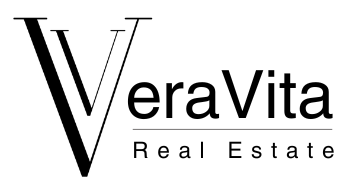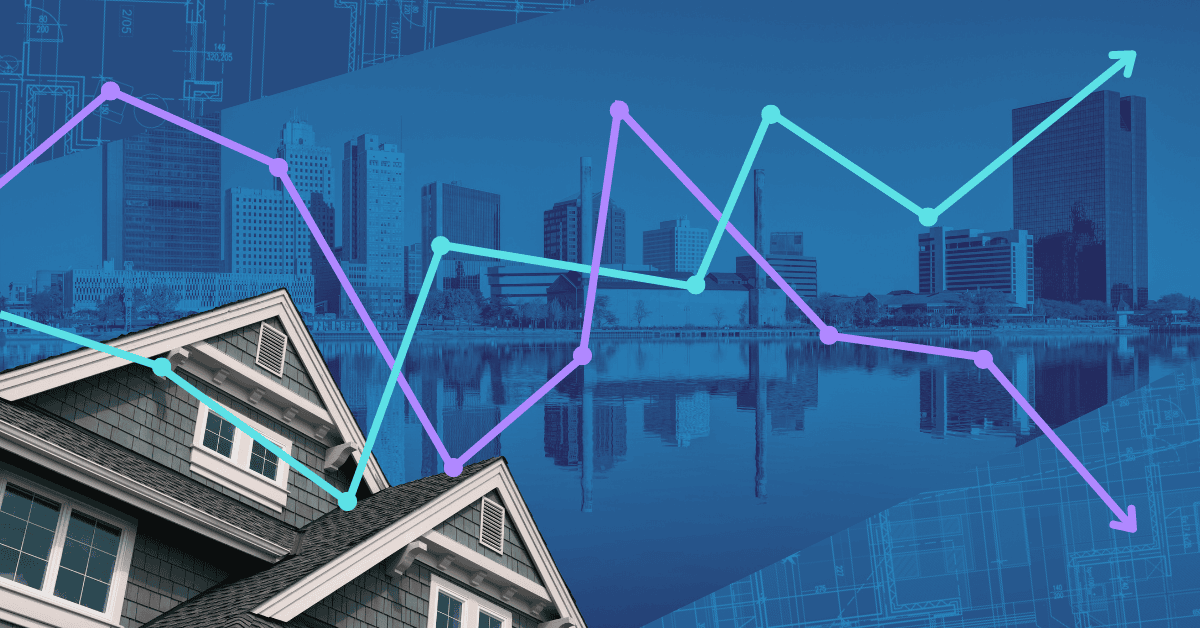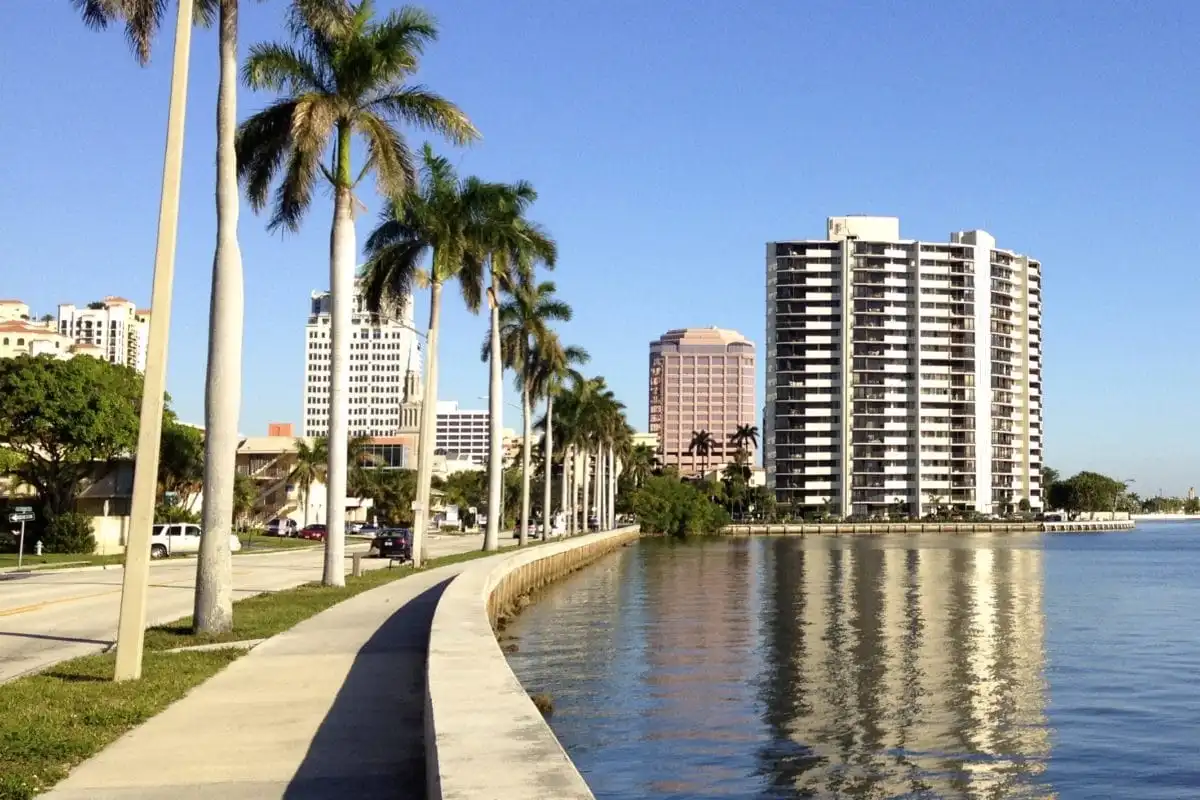Housing Market Shift: Down Payment Trends Drop for First Time Since 2023 as Buyer-Friendly Conditions Emerge
The American housing landscape is experiencing a significant transformation in 2025, with down payment dynamics shifting in ways that signal both opportunity and adaptation for prospective homeowners. For the first time in nearly two years, the median down payment amount has decreased, reflecting broader market adjustments as mortgage rates stabilize between 6.5% and 7% and buyer-friendly conditions gradually emerge across many metropolitan areas.
This comprehensive analysis examines the latest homebuying patterns, revealing how American families are navigating today's complex real estate environment through strategic financial planning, government-backed loan programs, and evolving market dynamics that favor informed buyers over impulsive purchasers.
Current Down Payment Landscape: A Tale of Strategic Adaptation
The typical American homebuyer now contributes 15% of their home's purchase price as a down payment, maintaining consistency with previous years while the dollar amount tells a different story. The median down payment has fallen to $62,468, representing a 1% year-over-year decline—the first such decrease since summer 2023 when home prices were actively declining.
This seemingly contradictory trend—stable percentages with declining dollar amounts—reveals sophisticated market behavior. Homebuyers are increasingly selective, often choosing more affordable properties to maximize their financial flexibility in an environment where 30-year mortgage rates are expected to stabilize around 6.5% throughout 2025.
The strategic nature of these decisions becomes evident when examining buyer behavior patterns. Rather than stretching financially for dream homes, today's purchasers prioritize long-term financial security, often seeking properties that allow them to maintain substantial emergency funds while building equity responsibly.
Government-Backed Loan Programs Gain Unprecedented Momentum
Perhaps the most significant trend reshaping the homebuying landscape is the surge in government-backed loan utilization. FHA loans now account for 15.3% of mortgaged home purchases, increasing from 14.2% in the previous year, while VA loan usage has reached 7.2%—the highest April level since 2020.
These programs serve distinctly different populations with varying needs. FHA loans, designed for low-to-moderate-income borrowers and particularly popular among first-time homebuyers, require only 3.5% down payments, making homeownership accessible to families who might otherwise struggle to accumulate traditional down payment amounts. The program's flexibility in credit requirements and debt-to-income ratios provides pathways to homeownership for working families across diverse economic backgrounds.
VA loans present even more attractive terms for eligible veterans, service members, and their surviving spouses, often requiring zero down payment while offering competitive interest rates without private mortgage insurance requirements. The increased utilization of these programs reflects both the growing recognition of their benefits and the market's shift toward accommodating buyers with various financial profiles.
State-level down payment assistance programs are also expanding, with some offering up to $30,000 in assistance, while major metropolitan areas like New York City provide up to $100,000 toward down payments or closing costs for qualified first-time homebuyers.
Cash Buyers Maintain Market Presence Despite Shifting Dynamics
Cash transactions continue representing a substantial portion of home sales, with 30.7% of purchases completed without mortgage financing in April 2025. This figure represents a slight decrease from 31.6% the previous year, reflecting the nuanced relationship between interest rates, investment strategies, and buyer demographics.
The cash buyer phenomenon encompasses diverse motivations and buyer profiles. Investment purchasers often leverage cash offers to secure properties in competitive markets, while retirees may liquidate other assets to purchase homes without monthly mortgage obligations. Additionally, some buyers choose cash purchases to avoid the complexities and timeline constraints of mortgage approvals, particularly in markets where quick closings provide competitive advantages.
Geographic distribution of cash purchases reveals interesting regional patterns. Cleveland and West Palm Beach, Florida, lead with approximately 50% cash transaction rates, while technology-heavy markets like Oakland (18.2%), San Jose (18.3%), and Seattle (18.5%) show significantly lower cash purchase percentages, possibly reflecting different demographic priorities and financing preferences among younger, tech-industry buyers.
Regional Market Variations: A Patchwork of Local Conditions
Housing markets across America demonstrate remarkable regional diversity, with down payment patterns reflecting local economic conditions, regulatory environments, and demographic trends. California metros continue dominating high down payment requirements, with San Francisco, Anaheim, and San Jose each maintaining 25% median down payment rates—double the national average.
Conversely, markets like Virginia Beach (1.8%), Detroit (5%), and Jacksonville (5.4%) demonstrate significantly lower down payment requirements, often reflecting different price points, local lending practices, and military community influences. Virginia Beach's exceptionally low down payment percentage correlates with its 41.7% VA loan utilization rate, highlighting how military-focused communities benefit from specialized lending programs.
Florida markets present particularly interesting dynamics, with several metro areas experiencing declining down payment percentages while maintaining high cash purchase rates. Orlando, Jacksonville, and Tampa led declines in down payment percentages, suggesting these markets are becoming more accessible to traditional mortgage borrowers while still attracting significant cash buyer interest.
Market Cooling Creates Strategic Opportunities for Informed Buyers
The current housing market environment represents a significant departure from the hyper-competitive conditions of 2021-2022. Sellers now outnumber buyers in many markets, creating negotiating opportunities that were virtually non-existent during the pandemic-era housing boom. This shift enables buyers using FHA or VA loans—previously disadvantaged in multiple-offer situations—to compete more effectively.
Market cooling manifests in various ways beyond simple supply-demand dynamics. Sellers increasingly offer concessions, including assistance with closing costs, property improvements, or flexible closing timelines. Some sellers, particularly those facing time constraints or financial pressures, demonstrate willingness to accept offers from buyers with lower down payments, recognizing that completed transactions often prove more valuable than prolonged market exposure.
Real estate professionals report increased buyer leverage in negotiations, with successful purchasers increasingly able to include inspection contingencies, request repairs, and negotiate favorable terms previously unavailable during peak market conditions. This environment particularly benefits first-time homebuyers who previously struggled to compete against cash offers or buyers waiving traditional protections.
Strategic Insights for Today's Housing Market
What factors are driving down payment amounts lower despite rising home prices?
Multiple interconnected factors contribute to this trend. Buyers are increasingly purchasing less expensive homes to maintain financial flexibility, while expanded utilization of FHA and VA loans—which require lower down payments—reduces overall averages. Additionally, the shift toward a buyer's market enables purchasers to negotiate more favorable terms, including seller concessions that effectively reduce required down payments.
How do government-backed loans compare to conventional mortgages in today's market?
Government-backed loans offer distinct advantages in current market conditions. FHA loans require only 3.5% down with more flexible credit requirements, while VA loans often require zero down payment for eligible veterans. Conventional loans typically require higher down payments but offer more flexibility in property types and loan amounts. The choice depends on individual circumstances, with government-backed options particularly beneficial for first-time buyers or those with limited savings.
Which metropolitan areas offer the best opportunities for buyers with limited down payment funds?
Virginia Beach, Detroit, and Jacksonville lead markets with lowest down payment requirements, while these areas also offer various state and local assistance programs. Additionally, markets with high FHA loan utilization—including Riverside, California; Las Vegas; and Tampa—demonstrate established infrastructure supporting buyers with limited down payment capacity.
Are cash buyers still dominating the housing market?
While cash buyers remain significant at 30.7% of transactions, their influence has slightly decreased from previous years. Cash purchases are most prevalent in Florida markets and the Midwest, while West Coast technology centers show lower cash transaction rates. The trend suggests a gradual normalization from pandemic-era peaks.
What should prospective homebuyers expect for the remainder of 2025?
Mortgage rates are expected to moderate to approximately 6.3% by year-end, potentially stimulating additional buyer activity. However, housing inventory challenges persist with single-family construction growing only 3% while multifamily starts may decline 4%. Buyers should prepare for continued competitive conditions while taking advantage of improved negotiating positions compared to peak market periods.
How can first-time homebuyers maximize their chances of successful home purchases?
First-time buyers should explore all available assistance programs, with many states offering substantial down payment assistance ranging from $7,500 to $30,000. Additionally, obtaining pre-approval for government-backed loans, working with experienced real estate professionals familiar with these programs, and maintaining financial flexibility for unexpected opportunities can significantly improve success rates.
The housing market of 2025 presents a complex but navigable landscape for informed buyers. While challenges remain, including elevated mortgage rates and persistent affordability concerns, the combination of cooling market conditions, expanded government assistance programs, and strategic buyer behavior creates opportunities for those prepared to act thoughtfully and strategically in their home purchasing journey.












